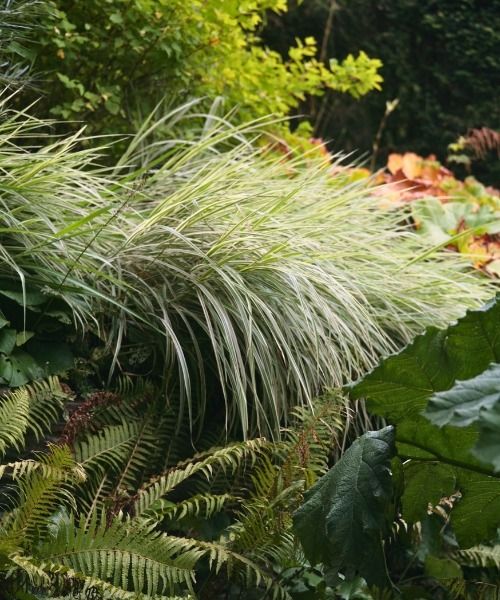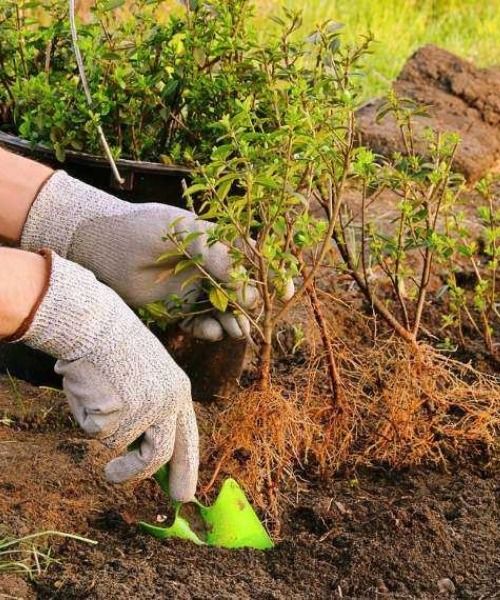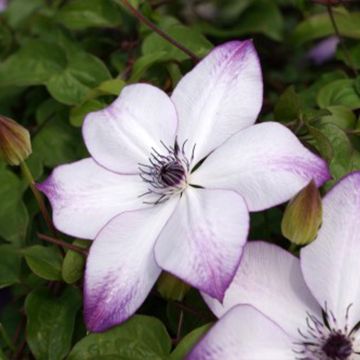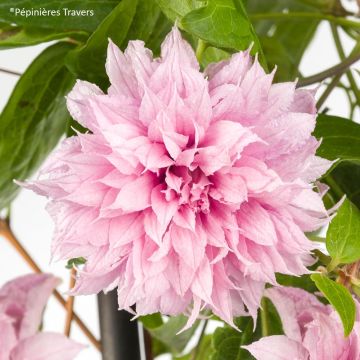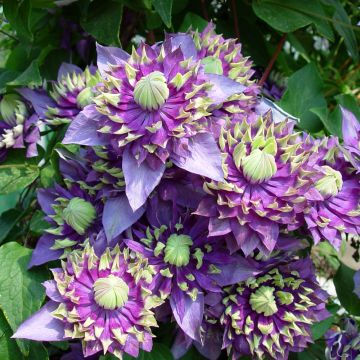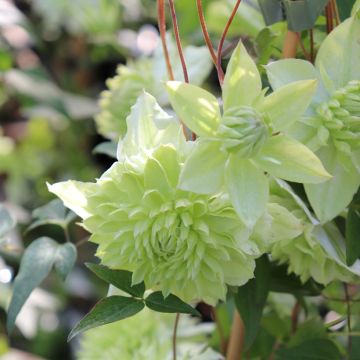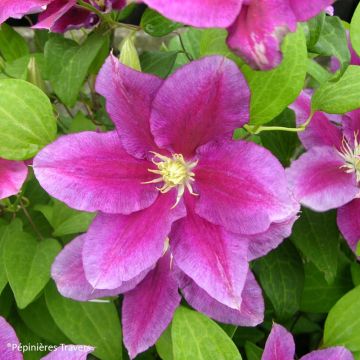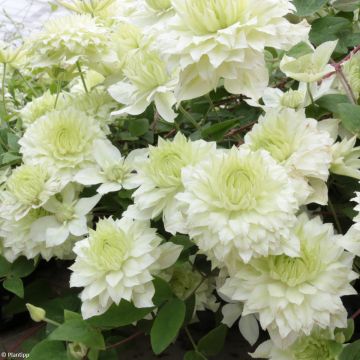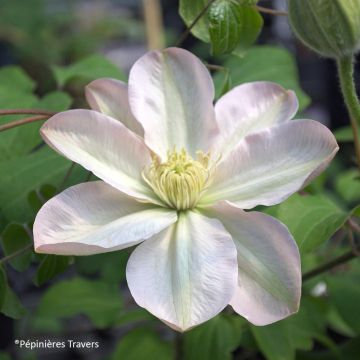Clematis Florida
Does this plant fit my garden? Set up your Plantfit profile →
Available in 2 sizes
Available in 1 sizes
Available in 1 sizes
Available in 2 sizes
Available in 1 sizes
Available in 2 sizes
Available in 1 sizes
Available in 1 sizes
Available in 1 sizes
Available in 1 sizes
Available in 2 sizes
Available in 1 sizes
Available in 1 sizes
Available in 1 sizes
Available in 1 sizes
Available in 1 sizes
Available in 1 sizes
Available in 1 sizes
Available in 1 sizes
Available in 1 sizes
The Clematis of the Florida group are cultivars derived more or less directly from Clematis florida, cadmia, and courtoisii. They are deciduous climbing species with semi-early flowering, which first grow on the previous year's stems and then a second time on the branches of the current year. Their pale to medium green leaves, 7 to 15cm (3 to 6in) long, are single and ovate or pinnate. The inflorescences are solitary flowers or clusters in cymes. On young branches, the first flowers develop at the end of the vine. The flowers of the Florida group are unisexual or bisexual depending on the species, with a wide star-shaped cup, single or double, 8 to 12cm (3 to 5in) in diameter. The bud is rather curved. The petals, numbering from 4 to 6, are white to purple or mauve with large stamens. At the end of flowering, seed heads may appear, without feathery styles. The flowering period lasts from June to October with a beautiful resurgence in summer depending on the varieties. The hardiness of the Clematis of the Florida group varies between +5 and -23°C (41 and -9.4°F) depending on the species. After flowering, a light pruning can be done to remove dead or damaged stems. In March, you can also cut back all the previous year's stems to 20cm (8in) above the ground, cutting just above a cluster of buds. The Florida Clematis with fleshy roots are planted shallowly in moist, humus-rich, and well-drained soil in full sun or partial shade.
Haven't found what you were looking for?






























